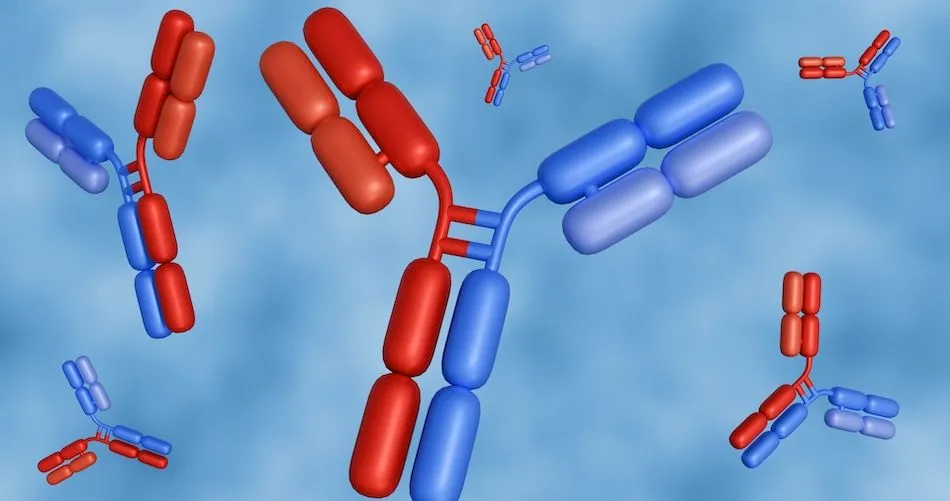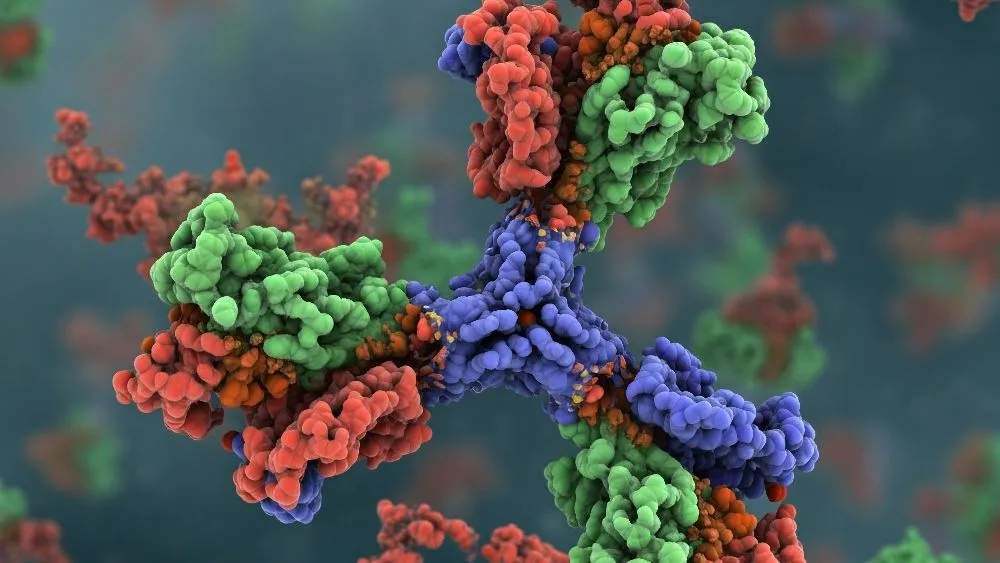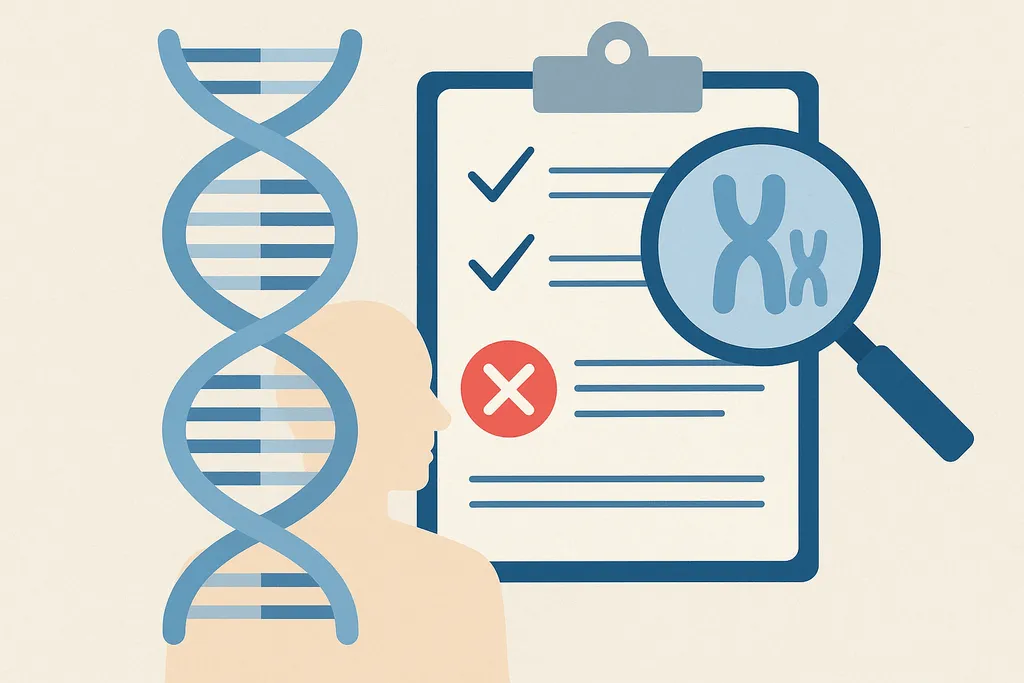ASH 2021: Treating Ultra High Risk Multiple Myeloma Patients

Myeloma research has advanced remarkably fast during the past two decades, introducing new exciting therapies and disease monitoring tools techniques for the myeloma patient. But these changes have primarily benefited patients who have the standard-risk disease. Ultra-high risk multiple myeloma remains a challenge to diagnose and treat, even with the current standard therapies.
What are some better options for these patients, especially those with newly diagnosed ultra-high risk myeloma?
Dr. Martin Kaiser, from the Royal Marsden Hospital and the Institute of Cancer Research in the United Kingdom, aims to improve the outcomes of ultra-high risk multiple myeloma and primary plasma cell leukemia (who are usually excluded from trials) by introducing new stratification techniques and treatment sequences. He proved that he could extend the survival of high-risk patients in the OPTIMUM/MUKnine study presented at the recent annual American Society of Hematology meeting.
In this study, Dr. Kaiser and his team studied 107 patients with ultra-high risk multiple myeloma using genetic and gene profiling. This group included myeloma patients with high risk gene expression SKY92 profiling, two or more high risk genetic lesions [t(4;14), t(14;16), t(14;20), gain(1q), del(1p), del(17p)], or with plasma cell leukemia (circulating plasmablasts >20%). Then the following treatment sequence was given:
- Up to 6 cycles of Dara-CVRd (Daratumumab, Cyclophosphamide, Velcade, Revlimid, and dexamethasone) induction
- V-ASCT (Autologous Stem Cell Transplant)
- Dara-VRd consolidation 1 for 6 cycles
- Dara-VR consolidation 2 for 12 cycles
- Monthly Dara-Revlimid maintenance until progression
Due to the poor prognosis of their disease, randomizing these patients into a "standard of care" treatment group was an ethical issue. Instead, information from a database of the concluded Myeloma XI/XI+ trial was used as a comparison. In this trial, patients with ultra high-risk disease were treated with a regimen consisting of:
- Cyclophosphamide, lenalidomide, and dexamethasone (CRd) or carfilzomib, cyclophosphamide, lenalidomide, and dexamethasone (KCRd) induction
- Autologous Stem Cell Transplant (ASCT)
- Revlimid maintenance or observation
“We hope that this noble approach of a digital comparator arm, using the highest quality data from a phase 3 trial with molecular stratification, could be adopted in the future to really accelerate the development of better treatments for patients with such high unmet need.” Dr. Martin Kaiser
Dr. Kaiser talks more about his study and the high importance of his approach here:
“The longer we keep the in remission in the first line, the better the outcome is probably downstream as well” Dr. Martin Kaiser.
Compared to the Myeloma XI/XI+ trial outcomes, the OPTIMUM trial showed a clear benefit at 18 months for the new five-drug combination regimen used before and after the stem cell transplant. A majority of patients (81.7%) in the OPTIMUM trial did not have disease progression after 18 months versus 65.9% for the Myeloma XI/XI+ trial. Furthermore, they had a complete response rate after the first consolidation of 68.2%, and almost 61% had MRD negativity after the V-ASCT.
The majority (94%) of patients who started OPTIMUM first consolidation completed all six cycles of therapy. The most common side effects during the first consolidation were thrombocytopenia (27.9%), neutropenia (21%), and infection (19.8%); however, grade 4 events were rare (<5%) for all categories.
The high efficacy of Dara-VRd for maintaining responses after ASCT is heartening, as this is a key challenge in ultra-high risk multiple myeloma. And these results encourage the use of similar digital systems like the HealthTree Cure Hub that accelerate comparative studies to meet the needs of high-risk myeloma patients.
Myeloma research has advanced remarkably fast during the past two decades, introducing new exciting therapies and disease monitoring tools techniques for the myeloma patient. But these changes have primarily benefited patients who have the standard-risk disease. Ultra-high risk multiple myeloma remains a challenge to diagnose and treat, even with the current standard therapies.
What are some better options for these patients, especially those with newly diagnosed ultra-high risk myeloma?
Dr. Martin Kaiser, from the Royal Marsden Hospital and the Institute of Cancer Research in the United Kingdom, aims to improve the outcomes of ultra-high risk multiple myeloma and primary plasma cell leukemia (who are usually excluded from trials) by introducing new stratification techniques and treatment sequences. He proved that he could extend the survival of high-risk patients in the OPTIMUM/MUKnine study presented at the recent annual American Society of Hematology meeting.
In this study, Dr. Kaiser and his team studied 107 patients with ultra-high risk multiple myeloma using genetic and gene profiling. This group included myeloma patients with high risk gene expression SKY92 profiling, two or more high risk genetic lesions [t(4;14), t(14;16), t(14;20), gain(1q), del(1p), del(17p)], or with plasma cell leukemia (circulating plasmablasts >20%). Then the following treatment sequence was given:
- Up to 6 cycles of Dara-CVRd (Daratumumab, Cyclophosphamide, Velcade, Revlimid, and dexamethasone) induction
- V-ASCT (Autologous Stem Cell Transplant)
- Dara-VRd consolidation 1 for 6 cycles
- Dara-VR consolidation 2 for 12 cycles
- Monthly Dara-Revlimid maintenance until progression
Due to the poor prognosis of their disease, randomizing these patients into a "standard of care" treatment group was an ethical issue. Instead, information from a database of the concluded Myeloma XI/XI+ trial was used as a comparison. In this trial, patients with ultra high-risk disease were treated with a regimen consisting of:
- Cyclophosphamide, lenalidomide, and dexamethasone (CRd) or carfilzomib, cyclophosphamide, lenalidomide, and dexamethasone (KCRd) induction
- Autologous Stem Cell Transplant (ASCT)
- Revlimid maintenance or observation
“We hope that this noble approach of a digital comparator arm, using the highest quality data from a phase 3 trial with molecular stratification, could be adopted in the future to really accelerate the development of better treatments for patients with such high unmet need.” Dr. Martin Kaiser
Dr. Kaiser talks more about his study and the high importance of his approach here:
“The longer we keep the in remission in the first line, the better the outcome is probably downstream as well” Dr. Martin Kaiser.
Compared to the Myeloma XI/XI+ trial outcomes, the OPTIMUM trial showed a clear benefit at 18 months for the new five-drug combination regimen used before and after the stem cell transplant. A majority of patients (81.7%) in the OPTIMUM trial did not have disease progression after 18 months versus 65.9% for the Myeloma XI/XI+ trial. Furthermore, they had a complete response rate after the first consolidation of 68.2%, and almost 61% had MRD negativity after the V-ASCT.
The majority (94%) of patients who started OPTIMUM first consolidation completed all six cycles of therapy. The most common side effects during the first consolidation were thrombocytopenia (27.9%), neutropenia (21%), and infection (19.8%); however, grade 4 events were rare (<5%) for all categories.
The high efficacy of Dara-VRd for maintaining responses after ASCT is heartening, as this is a key challenge in ultra-high risk multiple myeloma. And these results encourage the use of similar digital systems like the HealthTree Cure Hub that accelerate comparative studies to meet the needs of high-risk myeloma patients.

about the author
Arturo Hurtado
Arturo Hurtado is an International Medical Graduate who Joined HealthTree in 2020 as part of The Patient Experience team. He helps patients understand their disease panorama and navigate their myeloma through the tools and resources that HealthTree provides. He is an enthusiastic photographer, tech nerd, and aspiring food explorer who loves to travel and find new exciting experiences.
More on Conferences
Trending Articles




Get the Latest Multiple Myeloma Updates, Delivered to You.
By subscribing to the HealthTree newsletter, you'll receive the latest research, treatment updates, and expert insights to help you navigate your health.















